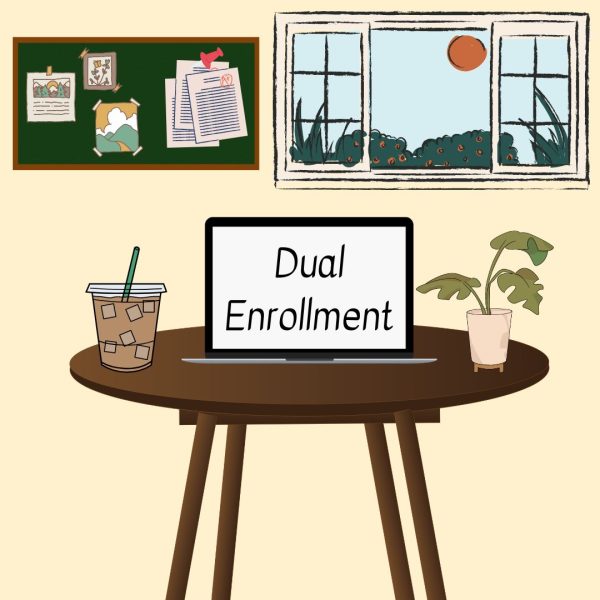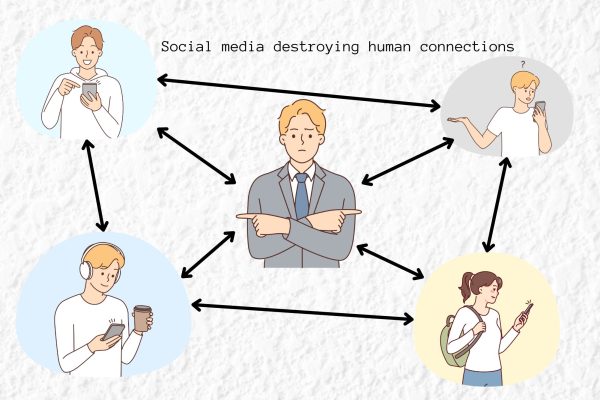Emphasizing Mental Health Resources for Students
The Wellness Counselor at University High School, Mrs. Tohidian, speaks with students about their mental health and personal life in her office.
November 28, 2022
*The opinions expressed within the content are solely the author’s and do not reflect the opinions and beliefs of the website or its affiliates.*
Mental health among students is an ongoing national crisis, affecting one in six youths ages 6-17 every year, with 50 percent of mental illness developing as young as 14, according to the CDC. Mental illness must be identified early on so that adolescents can receive the necessary treatment. Accordingly, emphasizing mental health resources for students is crucial to improve their emotional well-being.
UHS displays five different resources regarding mental health on the school website. The page additionally links to IUSD mental health resources, which provide a range of options for our community, like LGBTQIA services, substance abuse services and culturally centered services. However, it is shown that most students are not aware that they can access these resources easily. Students must familiarize themselves with these resources so they can refer to them when needed.
Sophomore Hailee Doan gave her stance on mental health resources and her personal experience with them.
“I was completely unaware that our school had mental health resources on our website,” Doan said. “If I had known previously, I would have used them and I could see myself using them in the future now that I know.”
Problematically, most students like Doan do not know where and how to utilize these resources. Until resources are spoken about and addressed, students may feel ignored and will struggle to find a viable solution to their problems. Over a decade of research from the American Psychiatric Association proves that early intervention in mental illness can minimize and delay symptoms, prevent hospitalization and assist recovery. It allows professionals to determine early on the roots of the mental illness and ways to resolve it. Giving students the option to reach out to resources grants this to happen.
One could argue that the school system already adequately addresses mental health concerns through outlets like the mental health segments of Univision, the Wellness Room and events like Make a Difference Day, which are all designed to bring awareness to the resources available to students. However, not every resource that is discussed in these outlets applies to all students. It may make students feel unrecognized or hopeless if they are under the belief that there is no solution to their specific issues. For instance, students suffering from tremendous social anxiety may hesitate to get involved in larger school events regarding mental health, such as Make a Difference Day and Wellness Week. Especially in a weaker state or mentality, students are most likely to not feel inclined to actively seek resources on their own, especially with the profound stigma against asking for help and utilizing the available resources.
“I feel as though hotlines and mental health services are intimidating due to the common misconception that asking for help makes you a weaker person,” Doan said. “Although I know for a fact that this misconception is untrue, the idea is still ingrained in my thoughts, which makes me more hesitant to do so.”
Accordingly, students need to be reassured that utilizing these resources is normal and that they can provide a solution to one’s problems. This additional action could be accomplished on the same platforms that UHS has started using to promote its mental health resources, like UHS social media pages and Univision, and even by teachers publicizing the resources. While certain platforms currently publicize the school’s resources, they often don’t address the fear that people may have of using the resources.
Eradicating any negative stigma associated with seeking out mental health resources and services at the school and making our school a more comfortable place where students can seek help when needed are necessary steps toward improving outcomes for students. Even outside of UHS, providing mental health resources to youth and encouraging students to use them will benefit the well-being of future generations.















